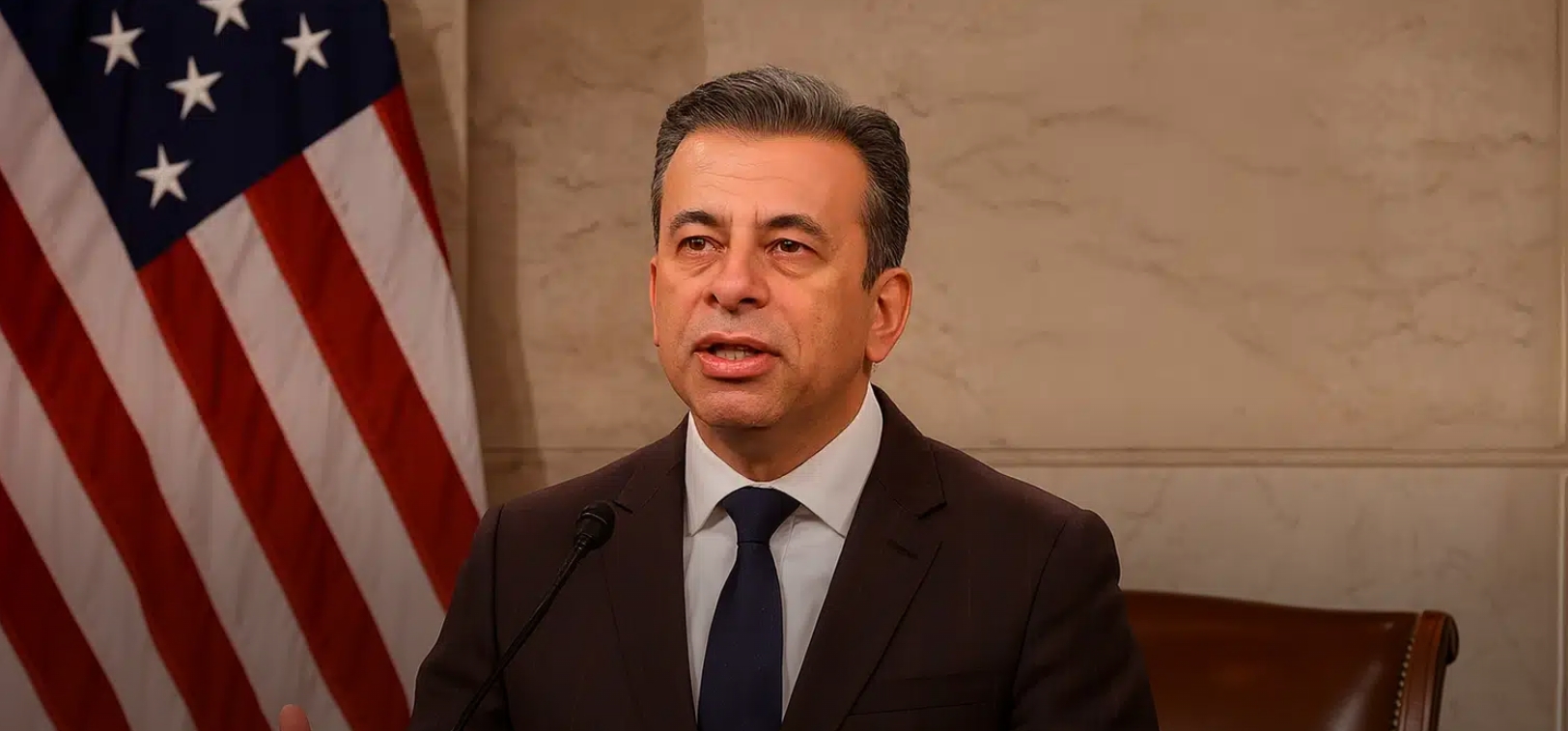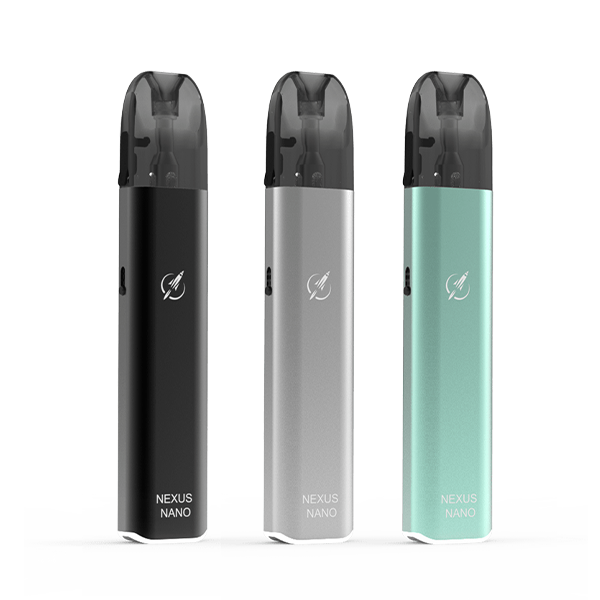Youth Vaping: Epidemic or Exaggeration? Is It 50% or Less Than 1%?
Is youth vaping truly the epidemic it’s made out to be—affecting half of all high school students, as claimed by Dr. Martin Makary—or is the real prevalence closer to just 0.5%? The difference between perception and reality is vast, and worth exploring.

The Claim: “Half of All Students Are Hooked”
During his testimony before the U.S. Congress on May 22, FDA Commissioner Dr. Martin Makary made a striking statement:
“There are high schools in America today where kids say half the students are addicted to these vaping products.”
Makary, who now bears the regulatory responsibility for overseeing the safety of $3.9 trillion worth of products in the U.S.—including food, tobacco, and medical items—may be excused for not yet having a firm grasp of the most current youth vaping data. But statements of this scale deserve scrutiny.
The Reality: Data Tells a Very Different Story
In late 2023, an in-depth analysis of the CDC’s National Youth Tobacco Survey (NYTS)—the most authoritative dataset available—revealed a very different picture. Out of approximately 15.8 million U.S. high school students, just 73,092 students reported vaping frequently (defined as 20–30 days in the past month). That equates to only 0.5%, a far cry from 50%.
Let’s break down the data:
2023 National Youth Tobacco Survey (Weighted Data)
-
Total high school population: 15,828,601
-
Current vapers (any vaping in past 30 days): 1,564,306 (9.9%)
-
Adjusted to remove cigarette smokers: -203,852
-
Subtotal: 1,360,454
-
Adjusted to remove those who ever smoked a cigarette: -397,253
-
Subtotal: 963,201
-
Adjusted to remove those who ever smoked a cigar: -192,640
-
Subtotal: 770,561
-
Adjusted to remove those who ever vaped THC or CBD: -535,540
-
Estimated exclusive nicotine vapers: 235,021 (1.5%)
-
Vaping Frequency Breakdown
-
1–9 days/month: 63.1% — ~148,298
-
10–19 days/month: 5.8% — ~13,631
-
20–30 days/month: 31.1% — ~73,092 (0.5% of all students)
What the Data Really Tells Us
While no one supports youth nicotine use, the actual numbers reflect a far more contained issue than often portrayed. High-frequency use—the kind that might indicate real dependence—is found in just half a percent of students.
Moreover, it’s important to recognize the larger public health trend: vaping has coincided with a sharp decline in youth smoking. Cigarette use among high schoolers has dropped to historic lows. And adult smoking rates—especially among younger generations—are following suit.
This shift suggests a future with significantly fewer smoking-related illnesses and deaths. Over the next 25 to 30 years, we can realistically anticipate a near-eradication of tobacco-related diseases if current trends hold.
Time to Focus on the Real Crisis: Adult Smokers
The FDA’s energy and resources should be directed where the danger remains greatest—older adult smokers, especially those over 40, who face increasing health risks with each passing cigarette. For this group, quitting smoking is the single most powerful decision they can make to live longer and healthier lives.
Conclusion
It’s easy to be swept up in alarmist headlines or anecdotal accounts. But when the data is carefully analyzed, the truth is clear: youth vaping is not a mass epidemic. Policymakers like Dr. Makary should take a more data-driven approach to tobacco harm reduction and focus on the demographic that needs the most help—adult smokers, not teenagers. The future of public health may depend on that shift in focus.
No one is comfortable with youth vaping, but Dr. Makary and his team must understand that vaping has contributed to the disappearance of smoking among high school students in the United States, and that the rate among young adults is similarly minimal. This means that in 25 to 30 years, smoking-related diseases will virtually disappear as well.
It’s time for the FDA to focus on adult smokers over 40, whose risk increases with each cigarette. Quitting smoking will offer them the opportunity to live longer, healthier lives.

















